This is based on an article that first appeared in the ITMA Review in February 2015
The above three marks were the subject of applications filed by the Coca-Cola Company on 24 October 2005. The first two were accepted but the third mark (on the right) was refused registration. It was later accepted on appeal. In that appeal decision (issued in December 2006) the original decision was criticised and, in a refreshingly candid judgment, it was suggested that acceptance of trade mark applications for shape marks of this kind should not be considered akin to winning “El Gordo” (the top prize in the Spanish national lottery). Unfortunately from a review of decisions on the question of bottle shapes while there are certainly some recurrent themes associated with successful bottle shape trade mark applications there are some seemingly contradictory decisions issued. Readers may know that “the shape of goods or of their packaging” is a specific example of acceptable subject matter for Community Trade Marks at Article 4 of the CTM Regulation. However, while case law on the subject of shapes suggests that the requirements for suitability as a CTM Registration are no different from other types of marks experience suggests this is not true and that to be inherently capable of functioning as a trade mark it has been held that shape marks will need to “depart significantly from the norms of the sector.”
The other issue facing the owners of shape marks is that language considerations do not apply in presenting grounds for refusal in different parts of the EU. Accordingly in order to argue a mark should be registered as a CTM the Applicant will in practice have to show the mark has been used to such an extent that it has acquired distinctive character in every single country of the EU and the majority of trade mark owners will simply not be able to provide this.
Bottle shapes are subject to a large degree of design freedom, many bottle shapes are considered classic examples of shapes of packaging which customers are used to associating with specific brand owners and a large number of applications to register bottle shapes have been filed. As such and particularly in view of a refusal a few months ago of a bottle shape at by the General Court in Franz Wilhelm Langguth Erben GmbH & Co. v OHIM, this cat felt the time was right for a review of historic cases concerning protection of bottle shapes. The example cases mentioned are discussed only in relation to the inherent distinctiveness of the trade marks in question and any accepted applications have been accepted without evidence of acquired distinctiveness. The best place to start is to review some successful applications so we’ll start with a review of the following examples of marks accepted for registration by OHIM:
| Mark | Decision date | Applicant |
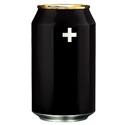 |
November 2013 | Oy Sinebrychoff Ab |
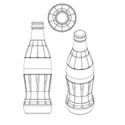 |
March 2014 | Coca-Cola Company |
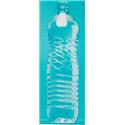 |
December 2003 | Nestlé Waters |
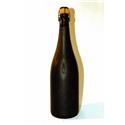 |
February 2012 | Freixenet |
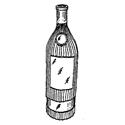 |
April 2001 | Jose Cuervo |
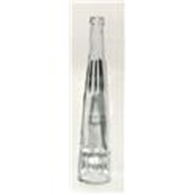 |
March 2001 | Galliano BV |
The Oy Sinebrychoff mark (an octagonal drinks can) was accepted for registration on the basis it resembles a battery due to its unusual colour scheme and shape and is a good example of marks which are truly unusual and innovative. For the remaining cases cited above it is the presence of the “wicker like” ridges on the Jose Cuervo bottle and the combinations of ridges and patterns on the Nestlé and Coca-Coca bottles (which again was registered without evidence of acquired distinctiveness!). Likewise the combination of the conical design and grooves on the Galliano bottle was considered enough for the mark to be suitable for registration and the frosted surface of the Freixenet bottle (not entirely obvious from the representation) was accepted because this kind of surface is not normally present on sparkling wine bottles. Based on the refusal of some of the marks cited below however it still seems remarkably difficult to predict the likely outcome of attempts to register very similar shape marks – the following were refused registration:
| Mark | Date of Decision | Applicant |
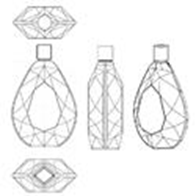 |
September 2013 | Old St Andrews Limited |
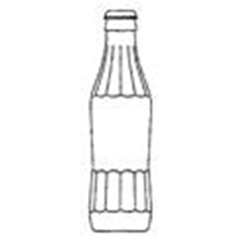 |
November 2004 | Sinalco International |
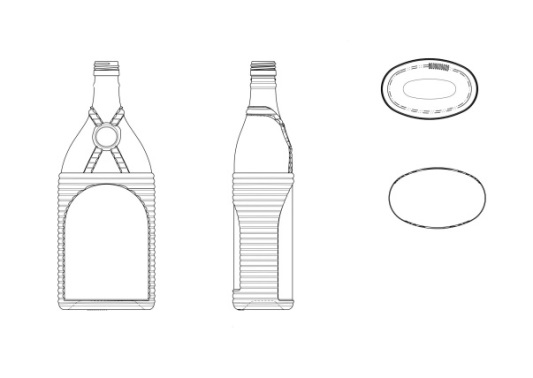 |
February 2012 | Freidr. Schwarze GmbH & Co KG |
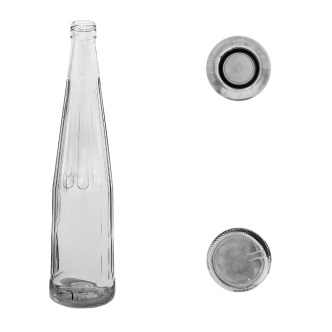 |
May 2012 | Remy Cointreau Luxembourg SA |
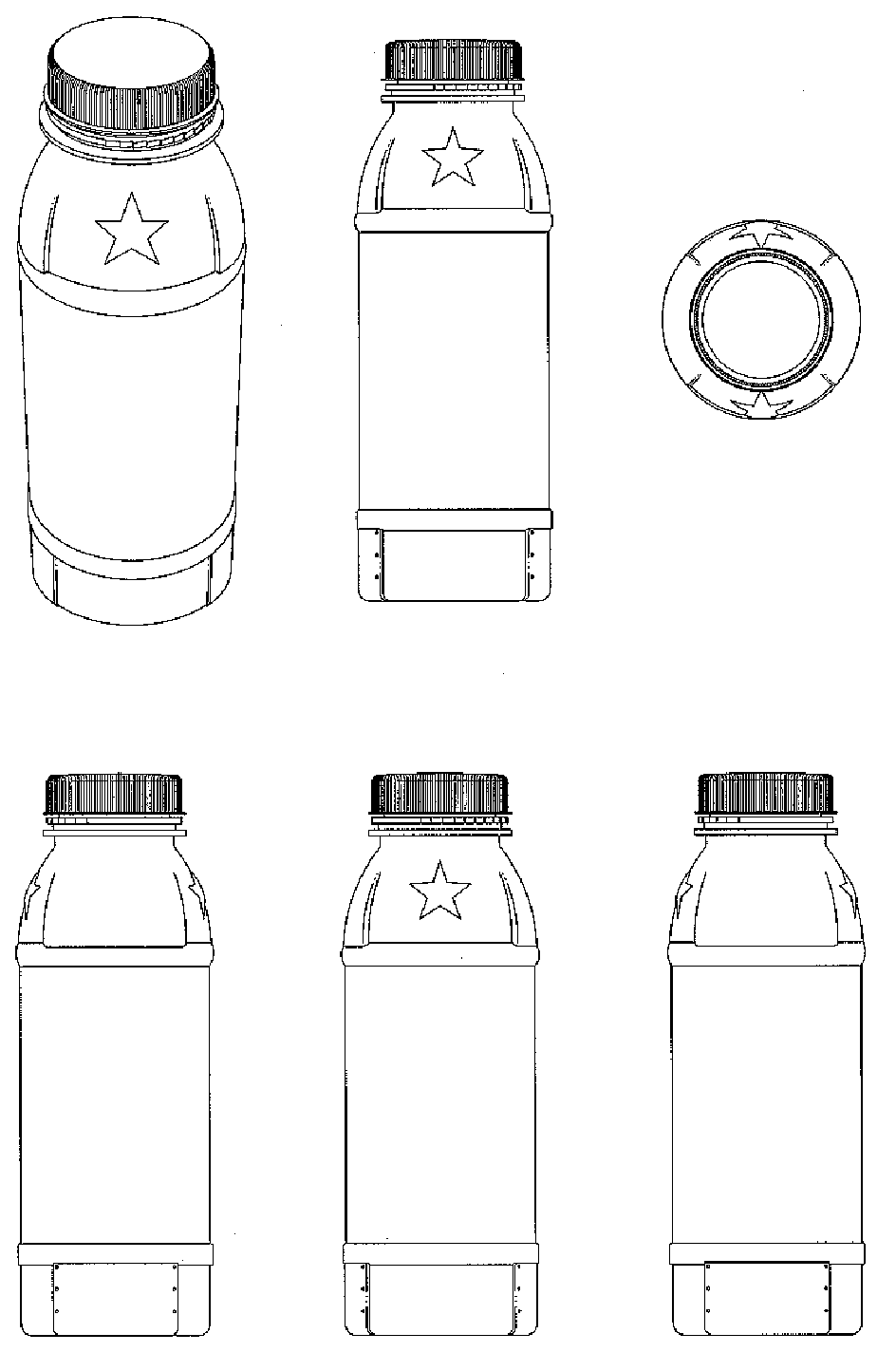 |
August 2003 | Pret A Manger Europe |
Readers will be forgiven with almost seeing double with some of these marks and it certainly seems remarkable that, for example, the Friedr. Schwarze mark above was registered given it has an arguably more elaborate wicker pattern than the Jose Cuervo mark, that the Sinalco mark was refused but the Coca-Cola mark accepted and that the Pret A Manger mark was considered a weaker indicator of origin than the Nestle Waters France mark. The Remy Cointreau mark also shares the same “conical” appearance with grooves of the Galliano bottle though the representation used for the application is not as clear as for the Galliano one. Similarly this cat feels particularly sympathetic to Old St Andrews whose application for its intricate diamond shaped liqueur bottle has far more eye appeal than the Freixenet mark but was considered “too pretty” for registration and was actually refused on the basis the appearance “adds substantial value to the goods”.While looking at the overall levels of successful applications over time would suggest that generally OHIM has become stricter on registration of shape bottle marks this there are still clear anomalies. For example, the Sinalco application was decided 10 years ago and the latest Coca-Cola case only in March 2014. Likewise the Pret A Manger and Nestlé Waters cases were decided within a few months of each other as were the Freixenet and Old St Andrews cases.
In looking at the common themes for successful applications it certainly seems as though the surface detail and texture of the shapes helps improve chances of success rather than just the shape of the goods themselves. However, simply adding other branding elements (such as the Pret A Manger star) cannot always guarantee a successful application and in some cases, such as Old St Andrews, too intricate and elaborate detail on the mark can result in the application being refused on the basis it is too aesthetically pleasing!
The other common thread in some successful applications is the quality of the initial decision issued by OHIM. For example in the 2014 Coca-Cola case (as well as that concerning the applications filed by the same company in October 2005 mentioned at the beginning of this post) and the Freixenet case the final Appeal decisions roundly criticised the initial decisions. This cat considers that the fact the final Appeal decisions in such cases may have over reacted to problems with the initial decisions by arguably going too far the other way in allowing registration for shapes which it seems should not be registrable without evidence of acquired distinctiveness.
So in summary, it seems to help chances of successful registration of CTMs if:
- the mark in question has patterns, grooves or an unusual texture as well as an unusual shape,
- if the shape is designed to approximate something completely different to the product itself (for example a battery) and
- If there are fundamental flaws in the original decision.
However, despite all this it still seems as though successful registration of bottle shape marks remains something of a lottery.


